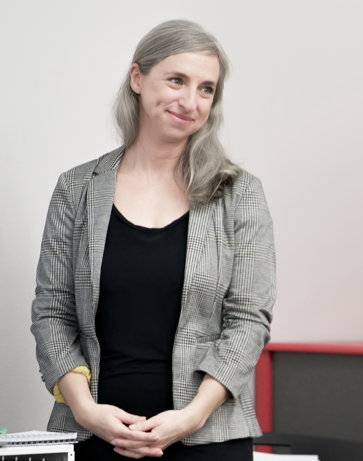I’ll admit that sometimes us Tech Writers think we’re the unsung customer heroes within organizations. That we’re the only ones who truly care about what users actually need.
In reality, there is so much we can learn from our peers across functions about how to deliver value to customers. There is one function, in particular, that has the most to gain or lose when it comes to creating value for customers. I’m talking about Sales, of course!
In a sales-oriented post by Wilson J. Pang, he describes the difference between a nice-to-have vs. must-have product. Naturally, must-have products are much easier to sell.
Does this mean that it is impossible to sell something that is nice-to-have?
Absolutely not. Matter of fact, you can turn ANY nice-to-have product into a must have by selling its benefits.
https://sumodash.com/the-most-simple-guide-to-must-have-vs-nice-to-have/
Technical communicators are experts at transforming jargon-heavy or complicated material into clear and concise content. The problem is that it is easy to stop there when our job isn’t done yet.
Yes, we have to document functionality. However, the subscription economy requires us to encourage product adoption every chance we get. To help our customers the most, and in a way that simultaneously helps our clients or companies (and therefore paychecks), we must orient our perspective based on user needs.
Wilson talks through the process of how to translate factual feature statements into benefits for sales and marketing content. We need to follow the same principle and weave value realization into all instructional content.
Our users do not need our content. They need the outcomes and value that our content enables them to experience.









